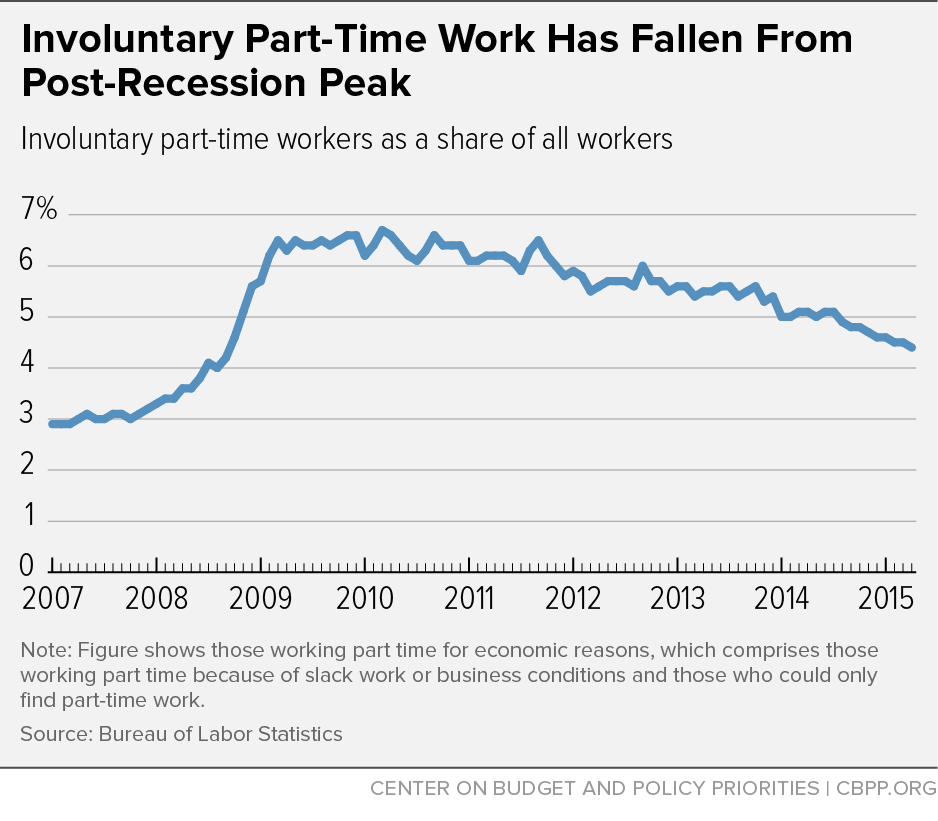BEYOND THE NUMBERS
Van de Water: Health Reform Expanding Coverage, Not Deficits
“Five years after its enactment, the Affordable Care Act has achieved major objectives and proved wrong its critics’ most dire predictions,” CBPP Senior Fellow Paul Van de Water told a Joint Economic Committee hearing today on health reform’s impact on jobs and the economy. Here’s an excerpt from his testimony:
The ACA’s most visible success has been to increase the number of Americans with health insurance coverage. Some 17 million more people now have coverage either through the health insurance exchanges, the Medicaid expansion, or the inclusion of young adults on a parent’s policy. The Congressional Budget Office (CBO) projects that the number of newly insured will swell to 25 million within a few years.
Moreover, health reform is increasing coverage without adding to the budget deficit. CBO now projects that federal health spending will be nearly $700 billion less over the 2011-2020 period than CBO projected in January 2010 — even with the subsequent enactment of health reform. Although views differ on the sources of the health care cost slowdown and their relative importance, health reform has likely played a significant role and will continue to do so.
It’s also important to note some things that have not happened.
First, health reform has not been a “job killer.” The economy has experienced the longest stretch of job growth on record. CBO estimates that health reform will reduce total labor compensation in the economy by about 1 percent, primarily because some people who used to work mainly to obtain health insurance will now choose to work somewhat less, not because employers will eliminate jobs. Early indications suggest, for example, that health reform is allowing young parents to limit their hours of work in order to spend more time with their children. Health reform has also increased work incentives for Medicaid beneficiaries, who no longer face losing their health coverage if they work more.
Second, health reform has not created a nation of part-time workers. The share of part-time jobs rose sharply during the recent recession, as it does in every recession, but that situation has turned around. Since President Obama signed health reform into law in March 2010, all of the increase in civilian employment has been among people who usually work full time. The average length of the work week has returned to pre-2010 levels. And the share of involuntary part-timers — workers who would rather have full-time jobs but can’t find them — continues to fall from its post-recession peak. (See graph.)
To be sure, some employers, particularly school districts, have said that they are cutting certain employees’ hours to avoid the requirement to provide health coverage to full-time workers, but they are the exception. And while it’s too early to know exactly how much health reform will ultimately affect the amount of part-time work, there’s every reason to expect the impact to be small as a share of total employment. . . .

